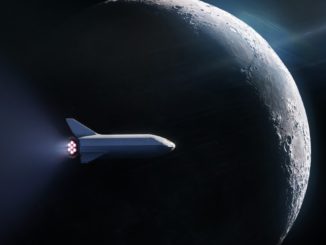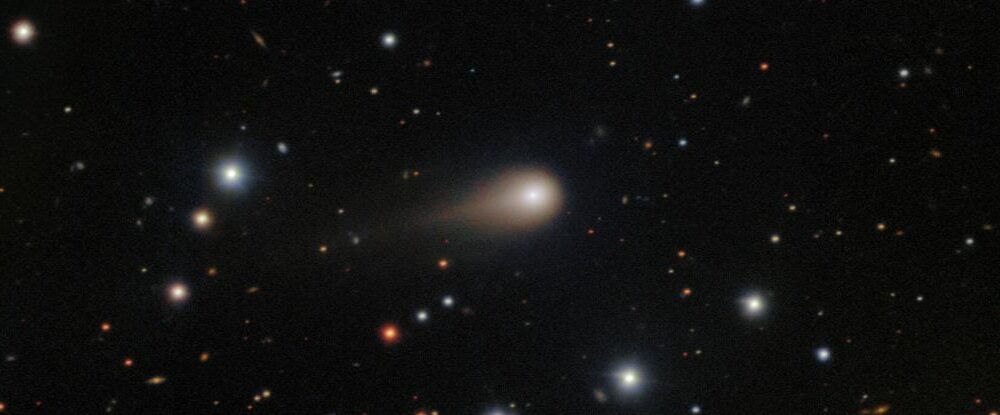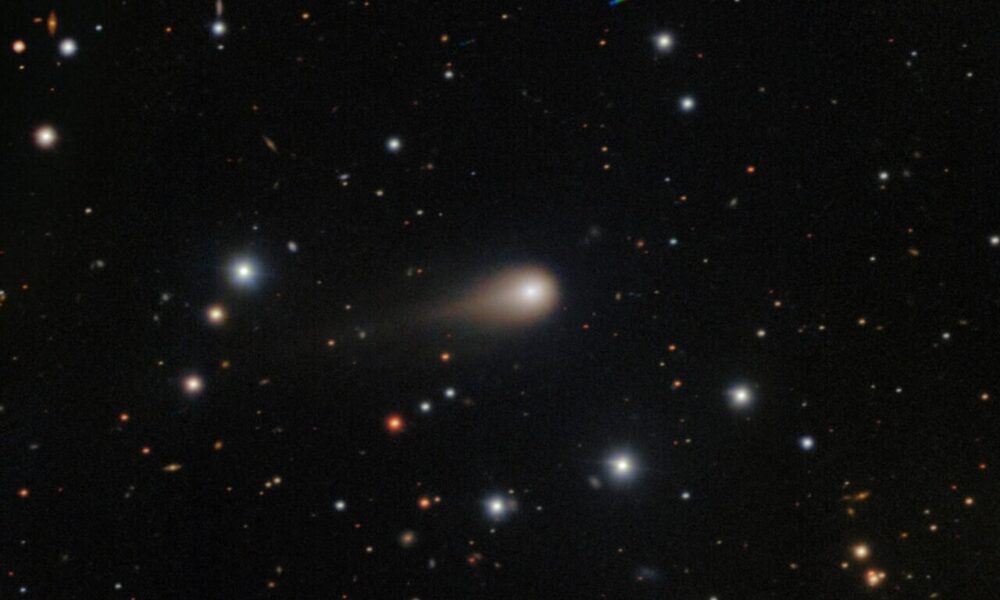SpaceX successfully launched its latest mission, Bandwagon-4, from Cape Canaveral Space Force Station on November 2, 2025, at 1:09 a.m. EDT (0509:59 UTC). This mission marks a significant step in the realm of commercial space endeavors, featuring a diverse range of payloads, including a demonstration data center backed by Nvidia, a precursor to Vast’s future commercial space station, and advanced weather satellites.
The Bandwagon-4 mission is the fourth multi-customer flight to a mid-inclination orbit, contributing to SpaceX’s growing small satellite ride share program. This launch utilized the Falcon 9 first stage booster B1091, which has previously supported missions for Amazon’s Project Kuiper. After liftoff, B1091 successfully returned to Landing Zone 2 at Cape Canaveral, marking its 15th landing and the 528th successful landing for Falcon 9 boosters.
Payload Highlights and Innovations
At the forefront of the payloads is the fifth satellite in the Korea 425 constellation, developed by South Korea’s Agency for Defense Development (ADD). This military satellite, a synthetic aperture radar (SAR) satellite, is part of an ongoing project that enhances South Korea’s reconnaissance capabilities. Due to the sensitive nature of military payloads, SpaceX concluded its live launch coverage prior to payload deployments.
Vast’s Haven Demo is another noteworthy payload on this mission. The California-based company is using this launch to test essential systems for its upcoming commercial space station, Haven-1, scheduled to launch no earlier than May 2026. The station aims to host a crew of four astronauts for a two-week mission, although crew members have yet to be announced.
Adding to the innovative spirit of the mission is Starcloud’s Starcloud-1 satellite, which carries the Nvidia H100 GPU, the first data center-class GPU to be deployed in space. “In space, you get almost unlimited, low-cost renewable energy,” stated Philip Johnston, co-founder and CEO of Starcloud. He emphasized that future space-based data centers could dramatically reduce carbon emissions and operational costs compared to terrestrial data centers.
Future Prospects of Space-Based Infrastructure
The implications of this mission extend beyond immediate technological advancements. Starcloud envisions that their space-based data centers could be “ten times cheaper than land-based options.” This ambition comes amid growing environmental concerns over traditional data centers, which can consume vast amounts of water and energy. An investigation by the Environmental and Energy Institute noted that large data centers can use up to 5 million gallons of water daily.
Germany-based Exolaunch played a crucial role in manifesting and deploying 13 of the 18 payloads for this mission. These include additional SAR satellites from ICEYE and Space42, as well as pico satellites from Turkey’s Anadolu Ajansı. Fergani Space also contributed by manifesting its second satellite, FGN-100-D2, aimed at providing GPS-like capabilities for Turkey.
Overall, Bandwagon-4 represents a significant milestone in the evolution of commercial space initiatives, paving the way for future innovations in satellite technology and data center infrastructure. As the industry continues to advance, the possibilities for space-based applications and their impact on Earth-bound operations are becoming increasingly tangible.







